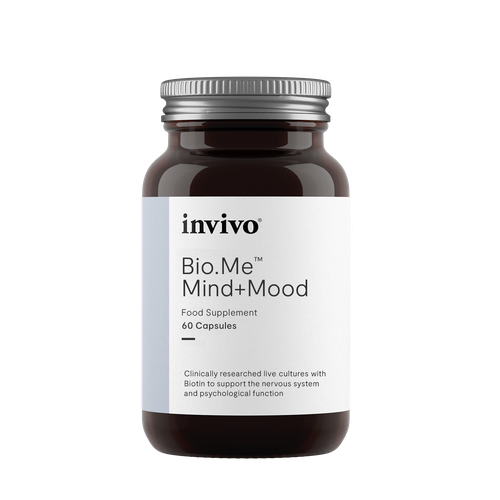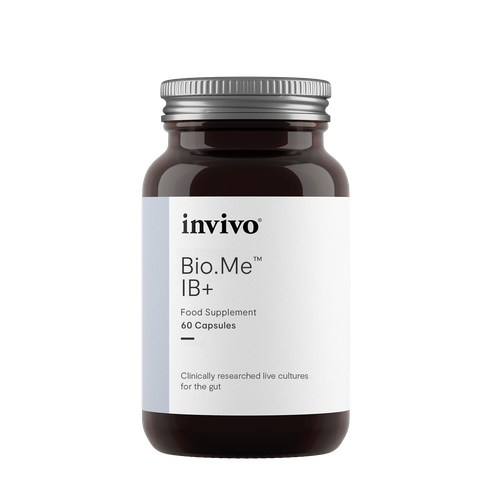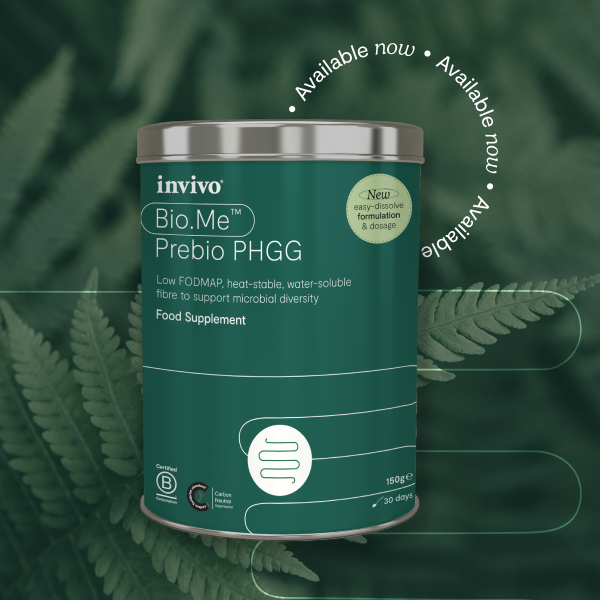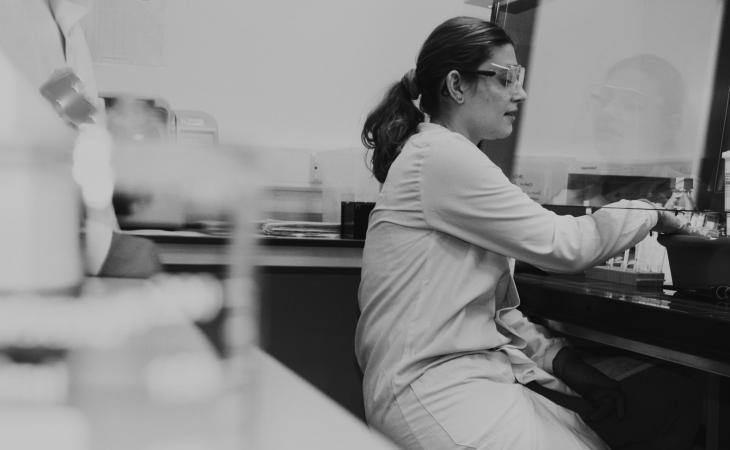What is β-glucuronidase?
β-glucuronidase is an enzyme that plays a role in phase 2 liver detoxification, oestrogen metabolism, and carbohydrate digestion. It is produced by us – the host – as well as Escherichia coli, Bacteroides spp. and Clostridium perfringens.
What does it tell us?
Faecal β-glucuronidase is typically used in GI testing as an assessment of oestrogen enterohepatic recirculation and as a marker of inflammation in IBD.
How is it measured?
‘Enzyme activity’ is a measure of the enzyme’s catalytic ability and there are two methods to measure this (Gomes and Rocha-Santos, 2019):
1. Measure the decrease in substrate concentration over a period of time
2. Measure the increase in concentration of a product after a period of time
We tested various enzyme activities at our laboratory – and we observed that several factors influenced the outcome of the assay results. These included temperature, sample pH, salt concentration, the concentration of other proteins in the sample, etc. These same influencing factors are well discussed in a recently published review article (Srinivasan et al., 2020).
In our studies, β-glucuronidase activity was not detected in samples stored and transported at room temperature. As scientific studies indicate, temperature plays a vital role in regulating the enzymatic activity of a protein, and this includes β-glucuronidase enzyme activity in human faeces (Flores et al., 2012).
We also reached out to Dr Adele Costabile at the University of Roehampton to understand how her laboratory works with β-glucuronidase. In order to protect the original enzyme activity, samples destined for the laboratory – which must be around a tablespoon in size – are frozen within minutes after collection. The sample must not have any added preservative, as it causes a change in the salt concentration and may also lead to a change in the overall sample pH. For this reason, subjects are required to live within 3 hours of the laboratory to ensure the swift arrival of the frozen sample to get the most reliable and consistent results.
Why isn’t it on the GI EcologiX?
When we designed the GI EcologiX test, we spent a long time researching markers with the most human clinical data and clinical validity. This included consulting with our Scientific Advisory Board, consultants such as Dr Jason Hawrelak and established laboratories. We also rigorously tested each marker during a period of validation.
When it came to β-glucuronidase, we couldn’t ignore the realities that were being presented back to us. There was no way we could make β-glucuronidase analysis work in a home GI test.
And believe us, we were gutted, because we really believed in this marker and we know how many clinicians love it too.
Clinical considerations
When discussing this predicament with the Clinical Education team at Invivo – it was all new to us too – we realised having a β-glucuronidase result actually doesn’t really affect your clinical consideration too much.
We know it is produced by colonocytes as well as Escherichia coli, Bacteroides spp. and Clostridium perfringens, so taking a look at the cumulative relative abundance of these on GI EcologiX gives us an idea of levels. And if you think about the main therapeutic considerations – increase fibre and correct dysbiosis – well, you’re probably going to be doing those already anyway.
It was a tough decision because we used to rely a lot on the marker as clinicians, but we just couldn’t justify it taking up one of the limited markers on the report with the unequivocal scientific data and the realities of sample stability. The development of the EcologiX tests has opened our eyes to so much!
Humphrey Bacchus | Invivo Diagnositcs Founder




